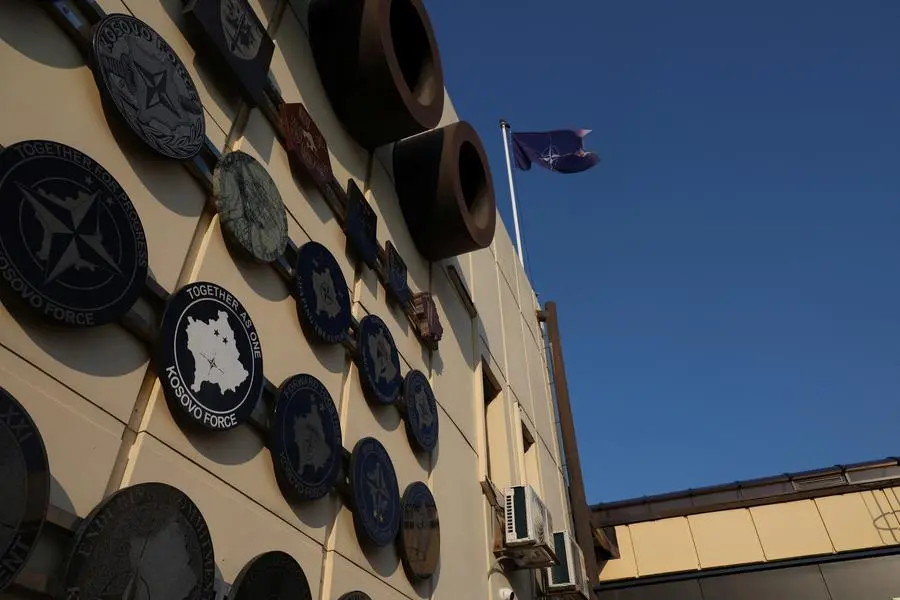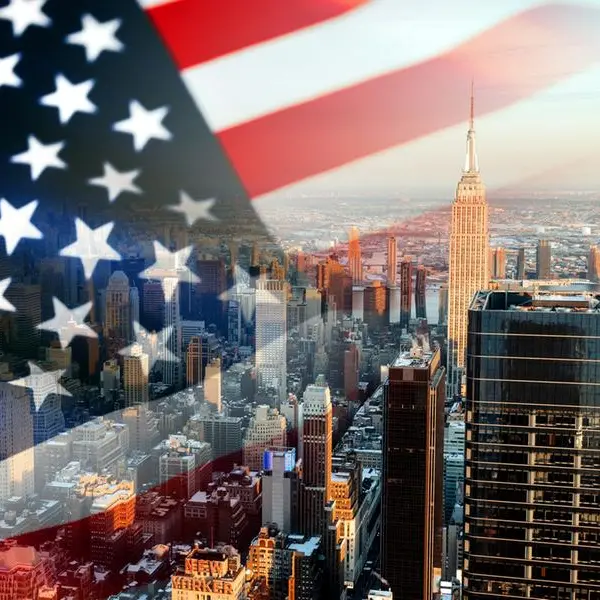PHOTO
(The opinions expressed here are those of the author, a columnist for Reuters.)
LONDON - As NATO officials prepared in June for the alliance’s July 9-12 summit in Washington, outgoing Secretary General Jens Stoltenberg embarked on the traditional pre-meeting shuttle diplomacy aimed at avoiding unexpected disruptions.
In the run-up to last year’s gathering of NATO national leaders in the Lithuanian capital Vilnius, much of the focus was on Turkish President Tayyip Erdogan, and ensuring he did not veto the entry into the alliance of its latest member Sweden. With the current summit celebrating the 75th anniversary of NATO’s founding, there is even less appetite for upset.
This time, the role of potential summit disruptor-in-chief appears to have passed to Hungarian Prime Minister Viktor Orban ahead of two major decisions NATO is scheduled to take in Washington. Stoltenberg visited Hungary on July 12, holding a joint press conference with Orban immediately after.
At it, Orban pledged that Hungary would not block a pending proposal to give NATO a direct role coordinating military aid to Ukraine, something the Hungarian nationalist leader had dismissed as a “crazy mission”.
Hungary has also dropped its opposition to the appointment of Stoltenberg's successor, outgoing Dutch Prime Minister Mark Rutte, as has the only other holdout, Slovakia.
Orban has been frequently criticised by other European states for his authoritarian style whereby he has embraced both Russian leader Vladimir Putin and Chinese counterpart Xi Jinping.
At the joint press conference, Stoltenberg said there was now agreement that no Hungarian personnel or funds would be used in NATO support for Ukraine against Russia's invasion, but that without a Hungarian veto the process could go forward.
Exactly what alliance and wider Western support for embattled Ukraine will truly look like in the coming year, however, remains very far from clear.
Two major NATO members, Britain and France, will hold parliamentary elections between now and the summit opening. Of even greater importance, however, is the U.S. presidential vote in November pitting incumbent Joe Biden against Donald Trump in a tight race. Much of the effort in the July summit will be, officials say, about “Trump-proofing” the alliance.
That includes putting NATO in the driving seat of what has so far been the U.S.-led “Ramstein process” of coordinating Ukraine military aid. Up until now, the alliance itself has limited its support to Ukraine to non-lethal goods, leaving member nations to make their own decisions on providing more.
The prospect that Trump might withdraw U.S. support completely, however, has sucked NATO into filling the gap.
Opinion polls suggest Britain's July 4 election will see the ruling Conservatives ousted for the first time since 2010. Likely incoming prime minister Labour leader Keir Starmer and his frontbench team will arrive in Washington pledging to continue UK support for both NATO and Ukraine.
But defence has barely featured in the election, and it is far from clear where Labour stands on proposals from French President Emmanuel Macron to send significant numbers of European troops to Ukraine itself.
Where that French plan sits following unexpected snap French parliamentary elections set for June 30 and July 7 is also now uncertain.
Following the strong performance of the far right in European parliamentary elections, Macron appears to have called the vote in the hope of reasserting his authority. But polls suggest the opposite might happen, and a humbled Macron may be in a weaker position when he arrives in Washington.
UKRAINE DIVISIONS
Even if he isn’t, NATO members remain split over the proposal. So far, Lithuania is the only alliance nation to explicitly say that it might join such a French mission, with Estonia and Poland widely considered also likely to be keen.
Multiple nations are already widely reported to have small numbers of military advisers supporting the government in Kyiv, including providing intelligence and coordination.
Escalating such aid to what might be a few thousand personnel, however, would be a huge step, and one that officials from multiple NATO nations say their governments may lack the stomach for immediately.
As a result, for now the prospect of a significant mission in Ukraine under a NATO banner just isn’t on the table. Nor, much to the frustration of Ukraine and its eastern and central European backers, is any significant progress on Kyiv’s path to NATO membership.
Biden has repeatedly said he does not believe the time is “right” to bring Ukraine into the alliance, particularly while it remains at war with Russia.
The June G7 summit in Italy, however, saw the U.S. and Ukraine signed a 10-year defence pact that formalised a much closer relationship, including U.S. actions to be taken in the event of a future attack on Ukraine.
Privately, however – and increasingly in public – officials from eastern and central European states have criticised the Biden administration for holding back on military support, including until recently denying Ukraine the ability to use U.S.-provided munitions to strike targets within Russia, even when those targets were being used to hit Ukraine repeatedly.
For now, most officials and analysts say the direction of travel seems to remain firmly that Western support for Ukraine will keep growing, with restrictions imposed by nervous countries, especially the U.S. and Germany, gradually relaxing.
That includes mounting expectations that European troop numbers within Ukraine will grow significantly if the war continues.
Ukrainian officials say they would like to see European personnel maintaining and fixing weapons systems, providing air defence and perhaps in time even guarding Ukraine’s northern border with Belarus to free up Kyiv’s troops to fight elsewhere.
TRUMP UNCERTAINTY
Even if Biden holds onto the White House in November, most current and former U.S. officials think it is much more doubtful that significant U.S. forces get sent to Ukraine - not least because of concerns over how Moscow might react.
Trump, meanwhile, is said to be considering a proposal from his top advisers to threaten to suspend U.S. military support altogether unless Ukraine talks peace with Moscow.
That would infuriate many European allies, particularly in the east closer to Russia – although for now the overarching feeling in both Washington and Brussels is that Trump is too unpredictable to guess his actual course.
During his 2017-21 presidency, Trump berated European allies repeatedly over what he said was their failure to step up properly to fund their own defence.
Since then, defence spending on the European continent has indeed significantly increased, with the majority of nations now meeting the 2014 alliance target of allocating at least 2% of gross domestic product to the military.
The most exposed nations on NATO’s eastern flank, however, are already complaining loudly that this is not enough. Poland is now spending more than 4% of GDP on its defence, with the Baltic states not far behind.
Those are also the nations committing the largest proportions of their own economies to supporting Ukraine.
That points to the larger division, one the Washington summit may or may not be able to manage diplomatically. Within Washington and larger Western states, including often Germany, the Ukraine conflict can still be seen as something to be “managed” as much as won, with a particular emphasis on not pushing Russia further towards more dangerous escalation.
In many of the countries previously dominated by the Kremlin throughout the Cold War, however, the view is much more stark.
They increasingly believe that a rearmed and re-assertive Russia will likely come for them regardless unless it is totally defeated in Ukraine, and are willing to take a range of mounting risks to ensure that Putin loses.
(Editing by Mark Heinrich)





















